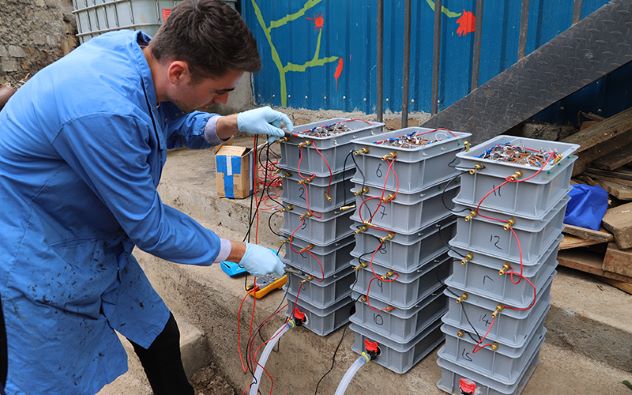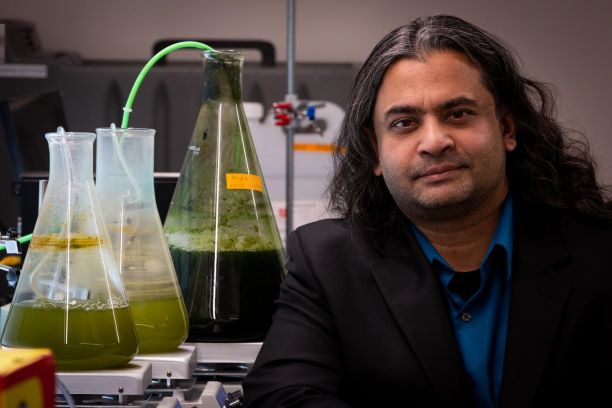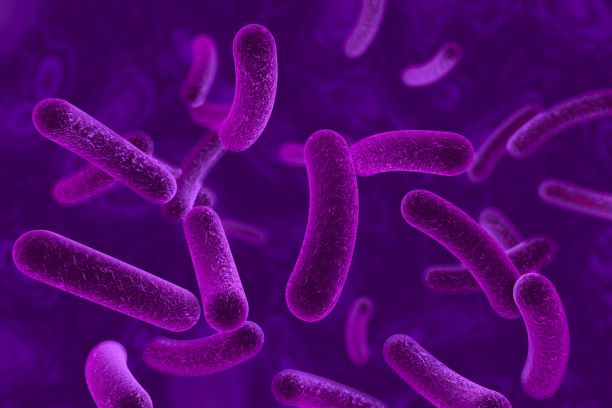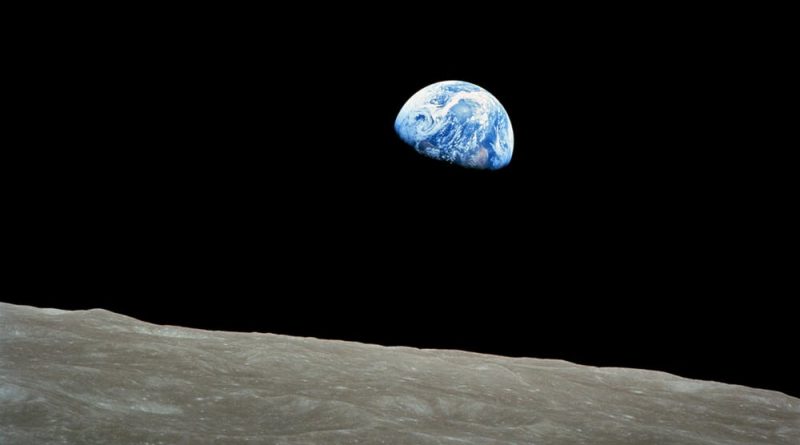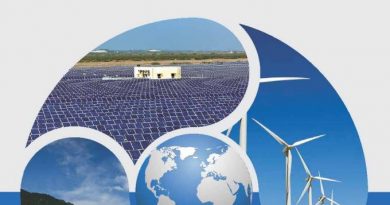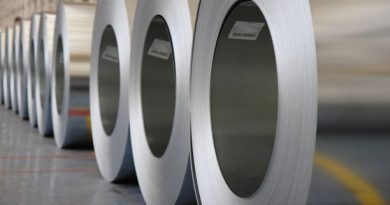Sewage Mining: Extracting Fertilisers, Energy To Prevent Water Shortages
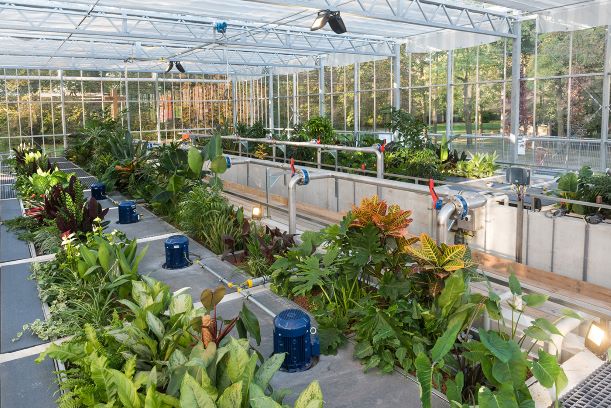
The linear way our societies and industries think about water – to extract it, use and then dump it back into oceans and rivers – is a very unsustainable in a world where half of the population is on the verge of facing severe scarcity by 2030 coupled with a growing population and climate change.
‘Natural water resources are not endless,’ say Dr Christos Makropoulos, Associate Professor at the National Technical University of Athens, Greece, and the Chief Information Officer of KWR, a water research institute in the Netherlands. ‘They are very dependent on a stable climate, which is currently changing – and we’ve based our entire economy and livelihoods on them just being available whenever we need them.’
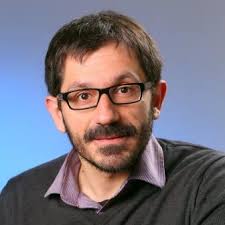
The United Nations believes there could be enough water to meet the world’s growing needs, but only if we find a better way to make the most of every drop. One way to do this is to think about water in terms of the circular economy – keeping water within social or industrial systems for as long as possible and simultaneously extracting additional value from it.
“If you manage to treat and reuse wastewater, and extract useful materials and energy, like nutrients that could become fertilisers for agriculture, or added-value compounds for the chemical industry – you are both protecting the environment and shielding your cities and industries (from water scarcity),” said Dr Makropoulos.
Enter Sewage Water Mining.
Dr Makropoulos is the co-coordinator of NextGen, a project demonstrating different circular water technologies across ten sites in Europe. Like in the Netherlands they are using engineered ecosystems to treat and reuse wastewater from a brewery. In the UK, they are developing technologies to extract methane gas from wastewater treatment plants to use it as an energy source.
They even have a portable wastewater mining unit in Greece that extracts sewage, cleans it using tiny membranes, disinfects it and then irrigates public parks.
The technologies at all ten sites use water in ways that reduce the amount that needs to be extracted and therefore enhances regional resilience against water scarcity. While these solutions are old, NextGen is helping to refine and advance the technology to scale it to a commercial stage.
‘In each site we demonstrate a different set up that closes the cycle in terms of energy, water or resources, or sometimes a combination of all three,’ said Dr Makropoulos. ‘Part of the ambition here is to use these sites as living labs.’
Circular technologies have long struggled to scale up as Governments and the market failed to understand its potential or create a commercial environment to drive demand. These ‘living labs’ are also a tool to help regulators see the need to change legislation, added Dr Makropoulos.
Ilaria Schiavi, a resource management expert at IRIS, who is also the project coordinator of Project Ô is helping in developing software to help local authorities and businesses analyse and understand the economic benefits of sustainable water strategies.
Most existing water treatment plants were built to deal with domestic sewage, but with growing pollutants from nearby industry and changing habits in society, like the increased use of antibiotics, plants now have to cope with contaminants that they were not initially designed for. This cocktail of pollutants makes it more expensive to clean the water, but also harder to extract any resources that could be reused.
‘We are trying to act on the contaminants close to the source of the contamination because they are concentrated enough to be effectively treated,’ said Schiavi.
The project team has already helped install a treatment plant at an Israeli aquaculture research centre that would enable 100% recycling of the water, thus eliminating the need to take more out of the ocean.
Read: Purple Bacteria ‘Batteries’ Can Turn Sewage into Clean Energy
The plant uses algae to treat the wastewater, which pulls nutrients out and these are then used for feeding locally farmed fish or as a feedstock for nutraceutical (dietary supplements) or other industrial applications. This circular approach also prevents the wastewater being dumped back into the environment, where it can trigger huge blooms of toxic algae that can suffocate other marine life.
‘The best way to prevent waste is not to generate it and that’s the same approach we want to create with wastewater,’ said Schiavi.

